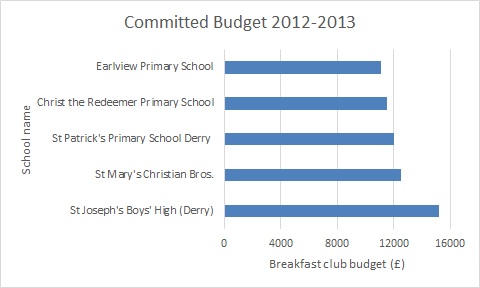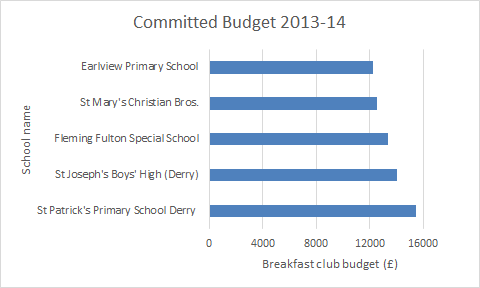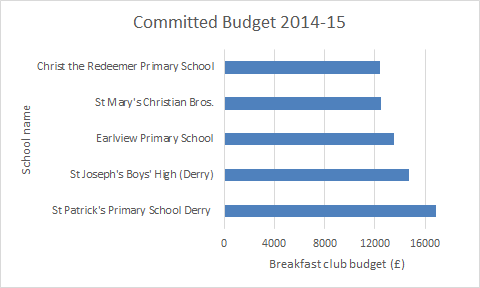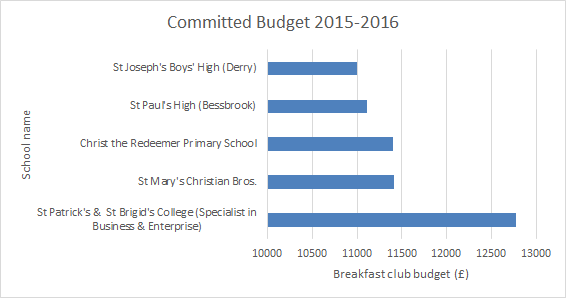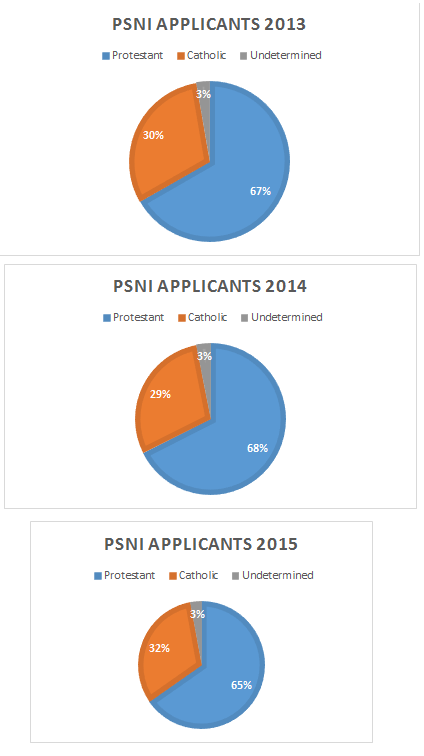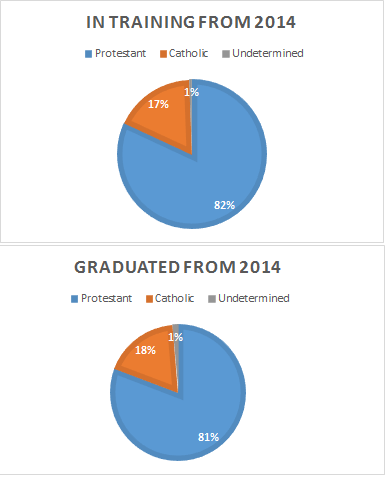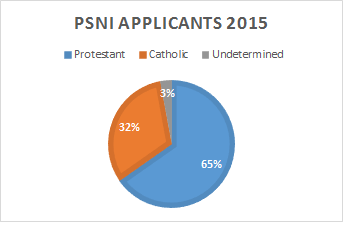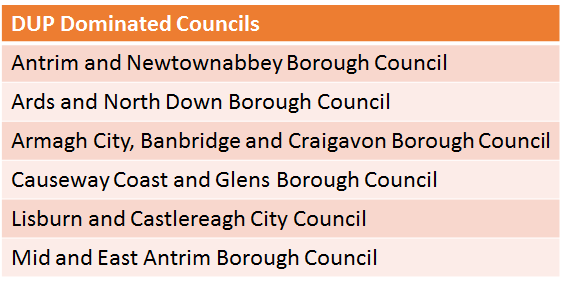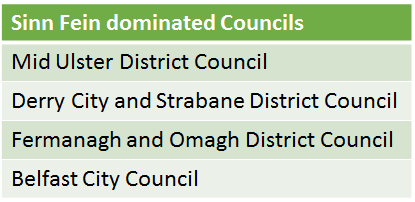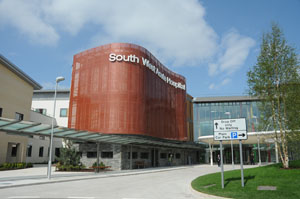The South Belfast constituency is one to watch this May – it has gone through massive changes to its sitting MLA’s since 2011 and that could have an impact on the outcome this time around.
In 2011, the candidates elected were as follows:
- Anna Lo – Alliance (retiring)
- Alex Maskey – SF (replaced by Máirtín Ó Muilleoir within the term)
- Jimmy Spratt – DUP (replaced by Emma Little-Pengelly within the term)
- Conall McDevitt – SDLP (replaced by Fearghal McKinney after resigining)
- Alasdair McDonnell – SDLP (stepped down, replaced by Claire Hanna)
- Michael McGimpsey – UUP (retiring)
So, none of the originally elected representatives will be seeking to hold their seats in May 2016.
Looking at the data, it would seem the SDLP is in real trouble in this constituency. Alasdair McDonnell held the seat for the Party at Westminster, but suffered a cataclysmic drop of 16.5% in his vote.
At the 2011 Assembly election, the combined SDLP vote was actually behind that of the DUP, 24.3% as opposed to 23.9%. The SDLP still held two seats, but this was with two very well known, relatively popular candidates.
Fearghal McKinney, the SDLP deputy leader is an untried electoral animal in the Assembly, having run for Fermanagh and South Tyrone’s Westminster seat in 2010 with an abysmal 7.6% – down by over 7% on 2005. Will his deputy leadership help him hold on?
Claire Hanna is another untried Assembly candidate, though she was a sitting Councillor on Belfast City Council for Balmoral, coming third in the five seater ward with just under 1,500 votes.
Rodney McCune will be the UUP standard bearer in May, replacing big hitter and former Health Minister Michael McGimpsey. He ran for Westminster in the constituency, and had a disastrous turnout, down 8.2% on the previous election. The combined UUP candidates in 2011 polled 13.5%. There should be a relatively safe seat there for the UUP, but it is by no means set in stone.
Emma Little Pengelly, a former OFMDFM Special Adviser replaced veteran Jimmy Spratt relatively recently, and ignited a furious row with outspoken Councillor Ruth Patterson who believed she was ‘parachuted’ into the seat having never held elected office before. Cllr Patterson resigned and will run as an Independent. She amassed 3,800 first preferences last time, and narrowly missed out.
Alliance will miss Anna Lo, she topped the poll for the party in the constituency in 2011. She is being replaced by one time UCUNF candidate Paula Bradshaw who joined the party in late 2013, and Duncan Morrow. Bradshaw is a sitting Balmoral Councillor, polling just over 800 first prefs in 2014, whilst Morrow lost out in Botanic. Running two candidates seems risky to me, but tight vote management might just get Bradshaw over the line.
The dark horse in this constituency is the Green Party’s Claire Bailey. She ran in 2011, getting just over 800 firsts, but then at the 2015 Westminster, almost doubled the Greens’ 2010 total.
Sinn Fein is running sitting MLA Máirtín Ó Muilleoir, in a safe seat. Sinn Fein did’t run for Westminster in 2010, an he gained almost 14% in 2015. Alex Maskey has moved constituency, and will be a big loss, but Ó Muilleoir is a name in himself, having been a popular Lord Mayor.
PREDICTION
A very tricky one to call for the most part. SF will definitely hold their seat here, no doubt about that. We can’t see the SDLP holding both seats, Hanna is from a well-known local family, her mother Carmel is a former MLA and Minister. McKinney is the one to lose out here if they drop a seat, which will be a massive story.
Alliance have taken what we think is a strange route here with running two candidates, the votes are there to hold the seat as Lo was very popular, but this needs to be carefully managed, if it turns into a bloodbath, the seat may well be lost.
The big story here is the fight for the sole DUP seat. Ruth Patterson is running off her own steam with flag protester Jamie Bryson as her election agent, and she has garnered a loyal electoral base over the years. Little Pengelly is high profile on the Hill at present, but untried in electoral contests. I can only predict here that Patterson will come out on top.
The Greens have a real chance here in my opinion, starting from a relatively buoyed and steady base from 2015. This chance stems not only from their own electoral base, but from the relative disarray of the Unionist vote in particular created by Little Pengelly v Patterson. The SDLP losing one of their two here, and the well known chance of it happening, may spook some of their voters, especially those who are not die-hards. They may well go Green.
The UUP seat looks relatively safe, though there have been what looks to be some bloodletting in the South Belfast Association when Michael McGimpsey stepped down, to the shock of many.
Here’s how we call it:
SF 1
AL 1 (Bradshaw)
SDLP 1 (Hanna)
UUP 1
IND 1 (Patterson)
GP 1 (Bailey)











